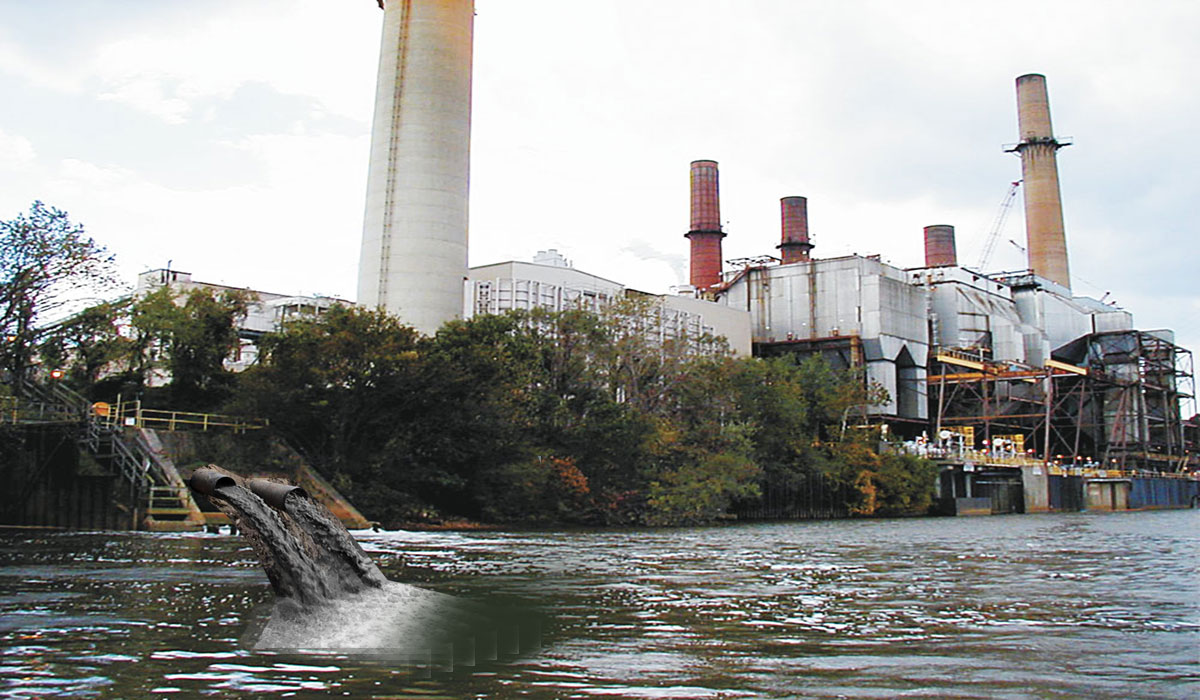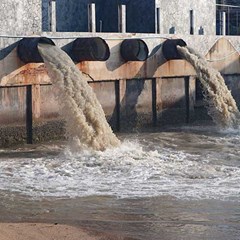Industrial Waste Water Treatment-- Eco-Friendly Solutions for Water Recycling
Industrial Waste Water Treatment-- Eco-Friendly Solutions for Water Recycling
Blog Article
Developments and Breakthroughs in Industrial Waste Water Therapy Technologies
The landscape of industrial wastewater therapy is undergoing a transformative change, driven by advancements that boost both efficiency and sustainability. Arising innovations, such as membrane bioreactors and microbial fuel cells, are redefining contaminant removal procedures while adding to energy generation. In addition, source recuperation approaches are getting traction, aligning with round economic situation principles. As regulative standards progress, the integration of AI and artificial intelligence into wastewater administration systems promises to simplify operations and guarantee conformity. The complete ramifications of these improvements raise critical questions about their scalability and long-term effect on industry methods.
Introduction of Drainage Treatment Technologies
Wastewater treatment modern technologies encompass a variety of methods made to eliminate impurities from commercial effluents before their release into the setting. These modern technologies are essential for keeping eco-friendly equilibrium and making certain compliance with ecological regulations. The main categories of wastewater treatment consist of physical, chemical, and organic methods, each serving unique functions based upon the nature of the impurities existing.

Biological treatment techniques employ bacteria to deteriorate organic matter, making them specifically reliable for organic-rich effluents. Methods like triggered sludge and biofilm activators harness the all-natural destruction abilities of microorganisms, resulting in considerable decreases in biochemical oxygen need (BOD)
Advanced Purification Techniques
Advanced filtration methods stand for an important development in the realm of commercial wastewater treatment, enhancing the effectiveness of impurity removal processes. Industrial Waste Water Treatment. These approaches encompass a variety of technologies, consisting of microfiltration, ultrafiltration, nanofiltration, and reverse osmosis, which give consecutive obstacles for different particle dimensions and chemical structures
Microfiltration and ultrafiltration use membrane layer systems to eliminate put on hold solids, bacteria, and larger organic molecules, improving the quality of effluent prior to additional therapy. Nanofiltration connects the void between ultrafiltration and reverse osmosis, effectively removing divalent ions and natural compounds, hence decreasing the tons on downstream procedures.
Reverse osmosis supplies the highest possible degree of purification by enabling just water and little molecules to pass via its semi-permeable membranes, making it perfect for reclaiming high-grade water from industrial effluents. Current developments in membrane technology, consisting of the advancement of more durable and fouling-resistant products, have actually considerably enhanced operational efficiency and decreased costs.
Integrating these innovative filtration strategies not just enhances the general treatment procedure yet also contributes to sustainability initiatives by enabling water reuse and resource recuperation in commercial settings. (Industrial Waste Water Treatment)
Biological Treatment Developments

In addition, the development of crafted organic systems, such as membrane layer bioreactors (MBRs), incorporates organic therapy with innovative membrane layer purification. This combination permits for higher effluent top quality and minimized footprint, making it appropriate for space-constrained commercial facilities. Developments in genetically engineered microorganisms have actually also emerged, enhancing the biodegradation of details impurities, such as pharmaceuticals and heavy steels, that are commonly testing to get rid of.
In addition, the application of bioaugmentation approaches, where useful germs are presented to enhance the existing organic treatment procedures, has shown encouraging results in boosting treatment performance. These innovations collectively signify a pattern towards even more reliable and lasting organic treatment techniques that can adjust to the evolving intricacies of commercial wastewater streams. As industries remain to focus on environmental conformity, these biological developments will certainly play an important duty in wastewater management.

Source Healing Methods
In commercial setups, the integration of resource recuperation techniques has ended up being progressively vital for improving sustainability and reducing waste. These techniques concentrate on removing valuable products and power from wastewater streams, thus transforming possible toxins right into recyclable resources.
One popular method is nutrition recuperation, where nitrogen and phosphorus, commonly existing over in wastewater, are recorded and converted right into plant foods. This not only minimizes environmental effects but additionally gives a circular economic climate service for farming applications. Furthermore, modern technologies such as anaerobic digestion enable for the conversion of organic waste right into biogas, a renewable resource resource that can offset fossil gas use in industrial operations.
Additionally, progressed filtering and membrane innovations promote the healing of industrial by-products such as salts and metals. These recovered materials can be rehabilitated right into production procedures, decreasing the demand for virgin resources.
Future Trends in Drainage Management
As industries significantly focus on sustainability, the future of wastewater monitoring is established to go through substantial improvements. Technological advancements, such as expert system and device understanding, will certainly allow extra effective monitoring and monitoring of wastewater systems. These technologies can anticipate upkeep needs, enhance treatment processes, and boost decision-making, inevitably lowering operational prices and environmental effect.
Moreover, the assimilation of circular economic climate concepts will certainly play a see critical duty in wastewater administration. Industries are expected to move towards systems that not only deal with wastewater however likewise recuperate useful resources, such as nutrients, water, and energy. This change will reduce waste and promote the reuse of products, lining up with global sustainability goals.
Arising therapy methods, such as membrane bioreactors and progressed oxidation procedures, will even more improve the effectiveness of wastewater treatment, permitting higher high quality effluents suitable for reuse. In addition, governing structures are likely to progress, highlighting stricter standards for wastewater discharge and encouraging sectors to adopt cutting-edge therapy services.
Verdict
Finally, the evolution of industrial wastewater treatment modern technologies shows a substantial shift in the direction of enhanced effectiveness and sustainability. Developments in innovative filtering methods, organic treatments, and useful content resource healing approaches highlight the market's commitment to environmental stewardship. The integration of artificial knowledge and artificial intelligence better enhances these processes, ensuring regulative compliance and advertising a round economic situation. Proceeded improvements in these areas will play an essential function in shaping the future of wastewater monitoring and safeguarding essential water sources.
The landscape of industrial wastewater therapy is undergoing a transformative change, driven by innovations that improve both performance and sustainability.Wastewater therapy technologies encompass a variety of methods developed to get rid of pollutants from industrial effluents prior to their release into the setting.Utilizing the power of biological processes has actually led to considerable technologies in the therapy of commercial wastewater.Additionally, the execution of bioaugmentation approaches, where advantageous microbes are presented to boost the existing organic therapy procedures, has actually revealed appealing outcomes in boosting treatment efficiency. These technologies jointly symbolize a pattern in the direction of more reliable and lasting biological therapy approaches that can adjust to the advancing intricacies of industrial wastewater streams.
Report this page